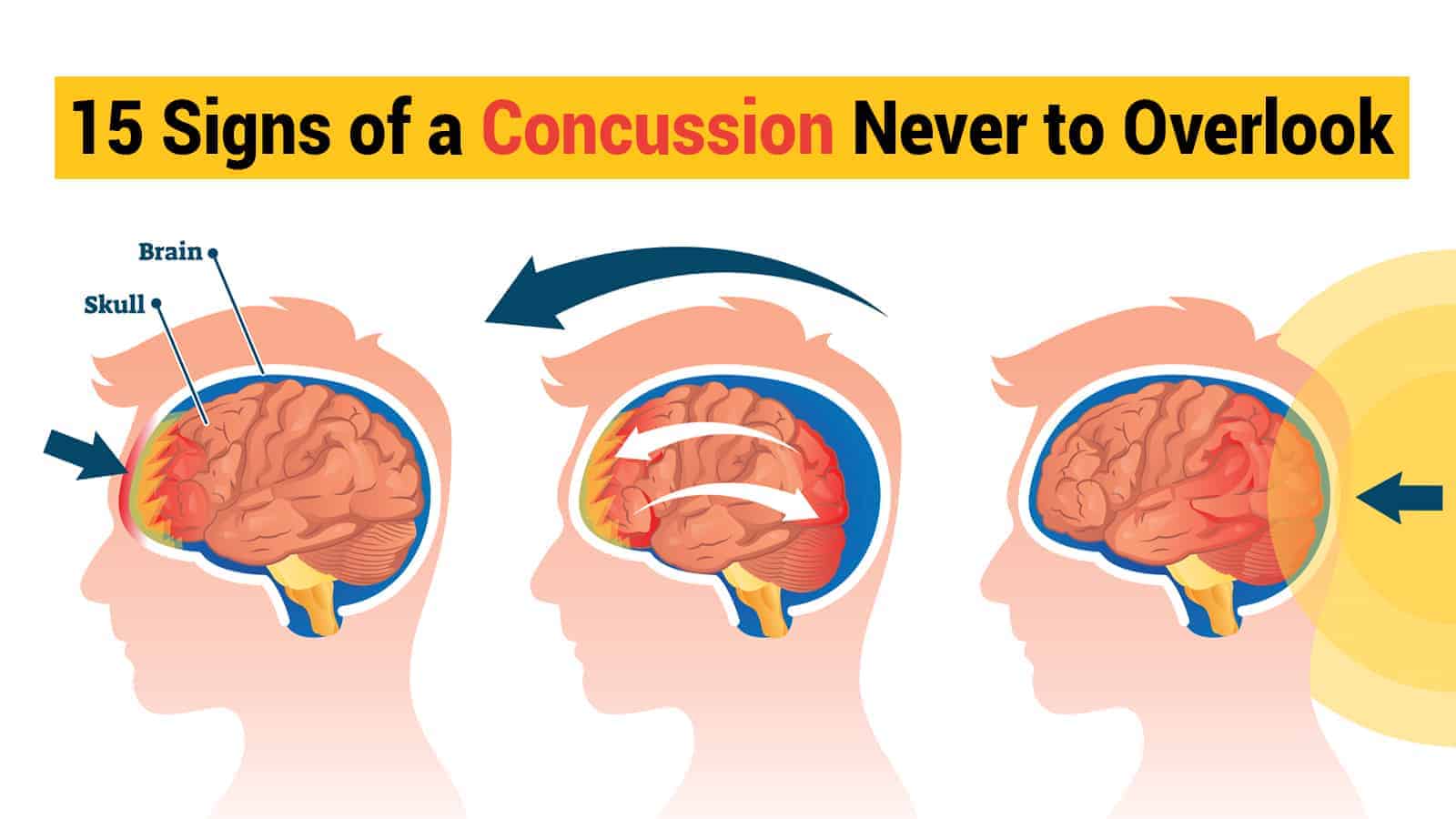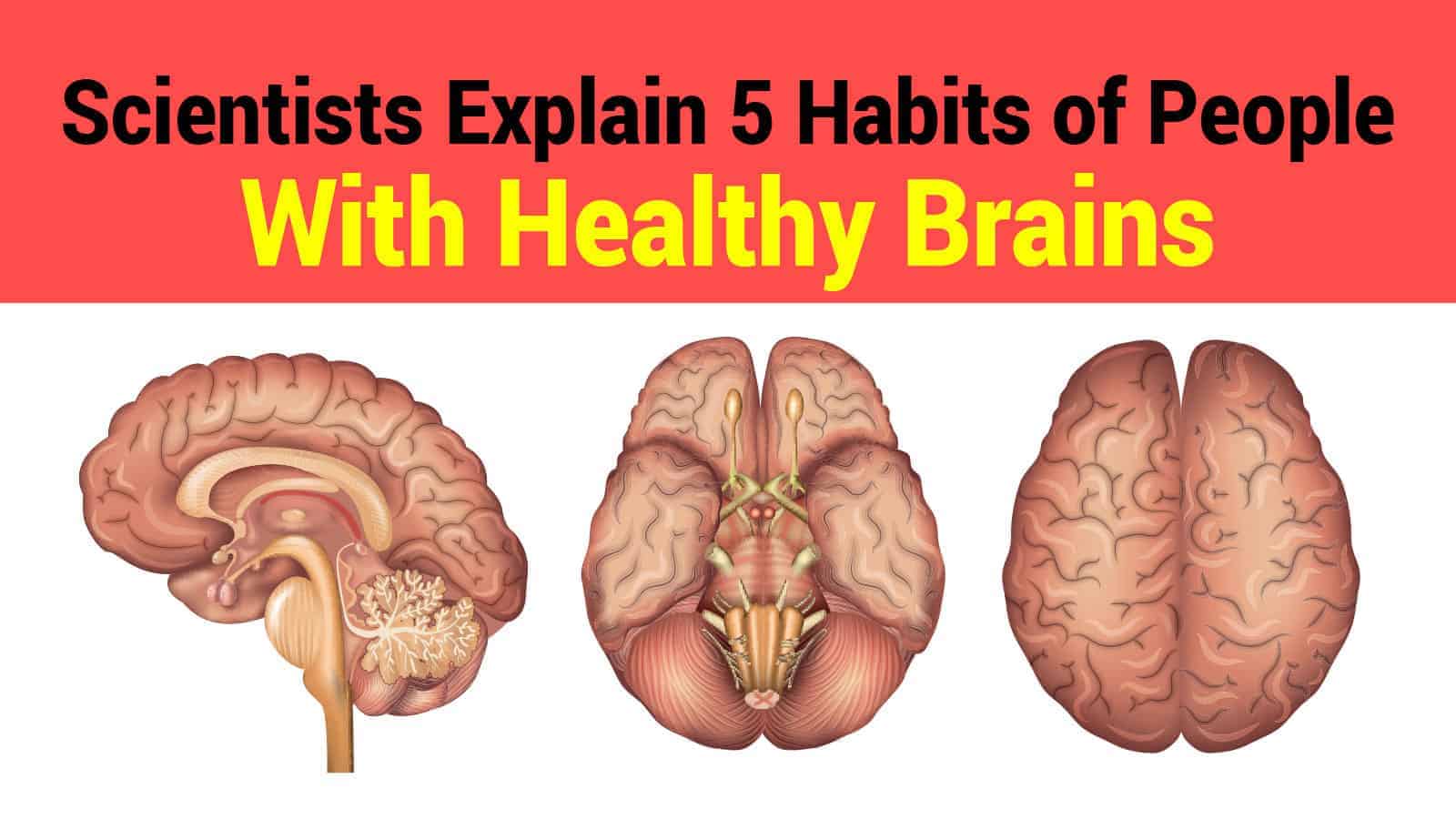Fortunately, the human skull is usually strong enough to protect your brain when you bump your head. You can still get a concussion, also called a mild traumatic brain injury, from being hit in the head or being violently shaken. Do you know the signs and symptoms to look for if you or a loved one has a concussion?
Concussions are one of the most common head injuries that doctors diagnose in the United States. They are typically caused by falling or being accidentally struck in the head while playing sports or other recreational activities. They can occur at any age, and children seem to recover from them quicker than teens and adults.
Know the Signs & Symptoms of a Concussion
You’ve probably banged your head countless times as you were growing up as a child. When you were running around on the playground or playing sports in school, head bumps were inevitable. Perhaps you saw stars for a couple of seconds and felt a little dizzy.
Most little bangs on the noggin aren’t severe and may result in a small knot that will go away. However, it would help if you always looked for signs and symptoms of a mild traumatic brain injury anyway. Some of the symptoms can go unnoticed and can lead to something more serious.
Since some of these overlap with less severe conditions, they are easy to ignore or confuse. Sometimes, a person with a mild traumatic brain injury will present with only a few symptoms. If you or your loved one gets hit in the head or receives a severe jolt to the body, look for this 15 physical, mental, and emotional signs.
15 Red Flags That May Indicate a Concussion
- A dull or pounding headache
- Dizziness
- Blurry eyesight or slurred words
- Nausea or vomiting
- Problems with balance or walking
- Sensitivity to noise or light
- Unusual tiredness or lack of energy
- Feeling tired or having no energy
- Difficulty with thought patterns
- Thought processes slowed down
- Difficulty concentrating
- Difficulty with memory, especially new information
- Irritability and being argumentative
- Sadness and depression
- Unstable emotions and moods such as nervousness, anxiety, depression, anger
Many of these symptoms may be apparent right after the injury. However, some may not appear for days or months afterward. An emergent danger of a mild traumatic brain injury is the brain bleeding or a blot clot forming. These can cause pressure on the brain that can lead to death.
What You Must Do if You Suspect This Injury
If you or a loved one experiences any of these symptoms immediately or soon after a blow to the head or a severe body jolt, seek emergency care at once:
- A headache that gets worse and won’t ease
- Weakness, numbness, dizziness, or clumsy coordination
- Constant vomiting or nausea
- Slurred words and blurry eyesight
- Oversleeping or not sleeping enough
- Very drowsy or cannot wake-up
- One pupil appears more massive than the other
- Sudden seizures or convulsions
- Inability to recognize people or places
- Increased confusion, restlessness, or agitation
- Exhibiting behavior that’s bizarre or out of character
- Loss of consciousness
A Note on the Symptoms of a Concussion in Young Children
Of course, younger children lack the language skills to express what ails them.
So if you suspect that your infant or young child has a mild traumatic brain injury, you should look for refusal to eat or non-stop crying. Rather than the second guess, your child needs medical intervention immediately.
How Do Doctors Diagnose This Brain Injury?
When you or a loved one gets a head injury due to falls, a blow to the head, or a severe jolt to the body, it’s recommended that you get to an emergency room right away. The medical providers can usually diagnose a mild traumatic brain injury right in the emergency room. If you notice symptoms hours, days, or weeks afterward, they can still make an accurate diagnosis in the emergency room.
While accurate diagnosis for a mild traumatic brain injury can be made by emergency medical providers, it takes more than a simple test. Here are some of the steps that will happen in the diagnosis process.
The emergency medical providers will ask the injured patient to describe the incident that led to the head trauma. It’s always a good idea to have a friend or family member there to help if the patient has memory problems. The provider will ask a series of questions to gather medical history and to list signs and symptoms to diagnose a concussion.
• SCAT-5
After the provider has listed all the patient’s signs and symptoms, she must determine their range and severity. The Sideline Concussion Assessment Tool (SCAT-5) is the standard assessments that healthcare providers use. It helps them evaluate a patient’s recent events, attention span, memory, balance, and coordination.
• Neurological Testing
Next, the provider will examine the patient for a mild traumatic brain injury’s neurological signs and symptoms. These include tests for reflexes, strength, sensation, mental status, coordination, nerve functions, and other normal neurological functions. The conclusion of these tests can determine how severe the brain injury is.
• CT-Scan
If the patient presents with seizures, severe headaches, vomiting, or other worsening symptoms, the healthcare provider may order a computerized cranial tomography or CT scan. This high-tech machine uses computer imagery to show the severity of the head injury and swelling or bleeding in the brain.
• Possible Blood Test Diagnostics
You may have the ability to diagnose a concussion with a simple blood test that highlights certain markers in the future. Some pharmaceutical companies are working on a prototype, but more research is needed. As of now, this technology isn’t ready to be used for the public, but scientists believe it may diagnose mild traumatic brain injuries earlier and prevent possible complications.
Treatment of a Mild Traumatic Brain Injury
If you’ve been diagnosed with a mild traumatic brain injury, the treatment will depend on its severity. If the head trauma is mild, and no brain swelling or bleeding is present, your healthcare provider will probably give you some tips for at-home care.
- Get plenty of rest.
- Don’t return to work, school, or sports until released from your healthcare provider.
- Try to give your mind a rest from things that require mental focus.
- Never take medications without medical advice. Also, please note that some pain relievers can thin your blood and increase brain bleeding risks.
Tips That Can Help to Prevent a Concussion
- Even better than successfully treating a concussion is to prevent one from happening in the first place. Learn ways to protect your head from harm and share them with your family. Here are some safety measures to always keep in mind.
- A helmet that fits right is your first defense against head injuries. You and your family should wear one when riding a bike, motorcycle, or horse. It will also protect your head when you are skiing, skating, or playing any contact sport.
- Legislators created and enforce seatbelt laws for a reason. Not only should you and your children buckle up when you enter a vehicle, but you should also insist that all passengers do the same. Secure infants and toddlers in a safety seat right for their age, weight, and height.
- One of the leading causes of falls and mild traumatic head injury is falling downstairs. Prevent these injuries by installing secure handrails on inside and outside stairs.
- It’s easy for young children to fall down the stairs or off porches, so install safety gates on all stairs to protect them. Be sure the lock is high enough that your children can’t reach it.
- Another common cause of falls and concussion is slipping in the bathroom, especially for seniors. Use nonslip mats in the tub, shower, and on the bathroom floors. Install strong grab bars in the tub and beside the commode.
- It’s disturbing to realize how many people fall in and around their homes each year because of low lighting. To prevent this from happening at your house, install proper lighting in stairways, hallways, and along outside paths.
- Your stairs are for climbing from one floor to another, not a storage area. Don’t allow your children to leave shoes, toys, or other tripping hazards on any stairs in the house or outside. Save your decorations for tables and walls, not stacked on the stairs.
- Windows are an ideal source of natural light, but it can be a fall hazard for young children. Keep child-proof locks on all windows to prevent your children from opening them and falling out.
- Did you know that your neck can absorb some of the shock when you bump your head or something hits it? Consider doing exercises to strengthen your neck muscles as an extra precaution against a concussion.
- If you have an outdoor play area, layer the ground with a soft material like sand or mulch. It’s much easier to take a fall on these than on a rigid basis.
Final Thoughts on Avoiding a Concussion
Most concussions are preventable when you use the right precautions. Learn how to recognize the signs and symptoms of mild traumatic brain injuries, when to seek medical attention, and how to follow at-home care plans. Follow these tips to keep your brain healthy, happy, and trauma-free.
















 Community
Community

